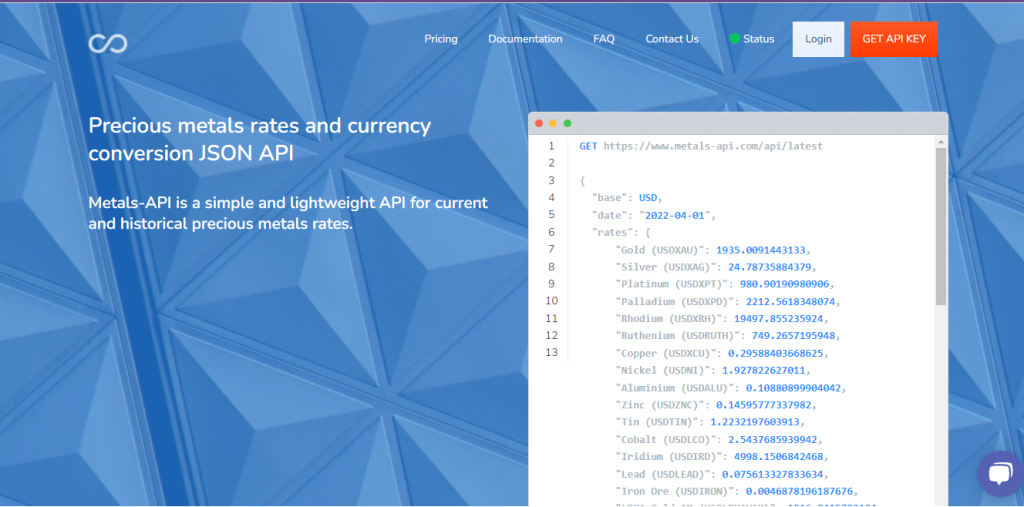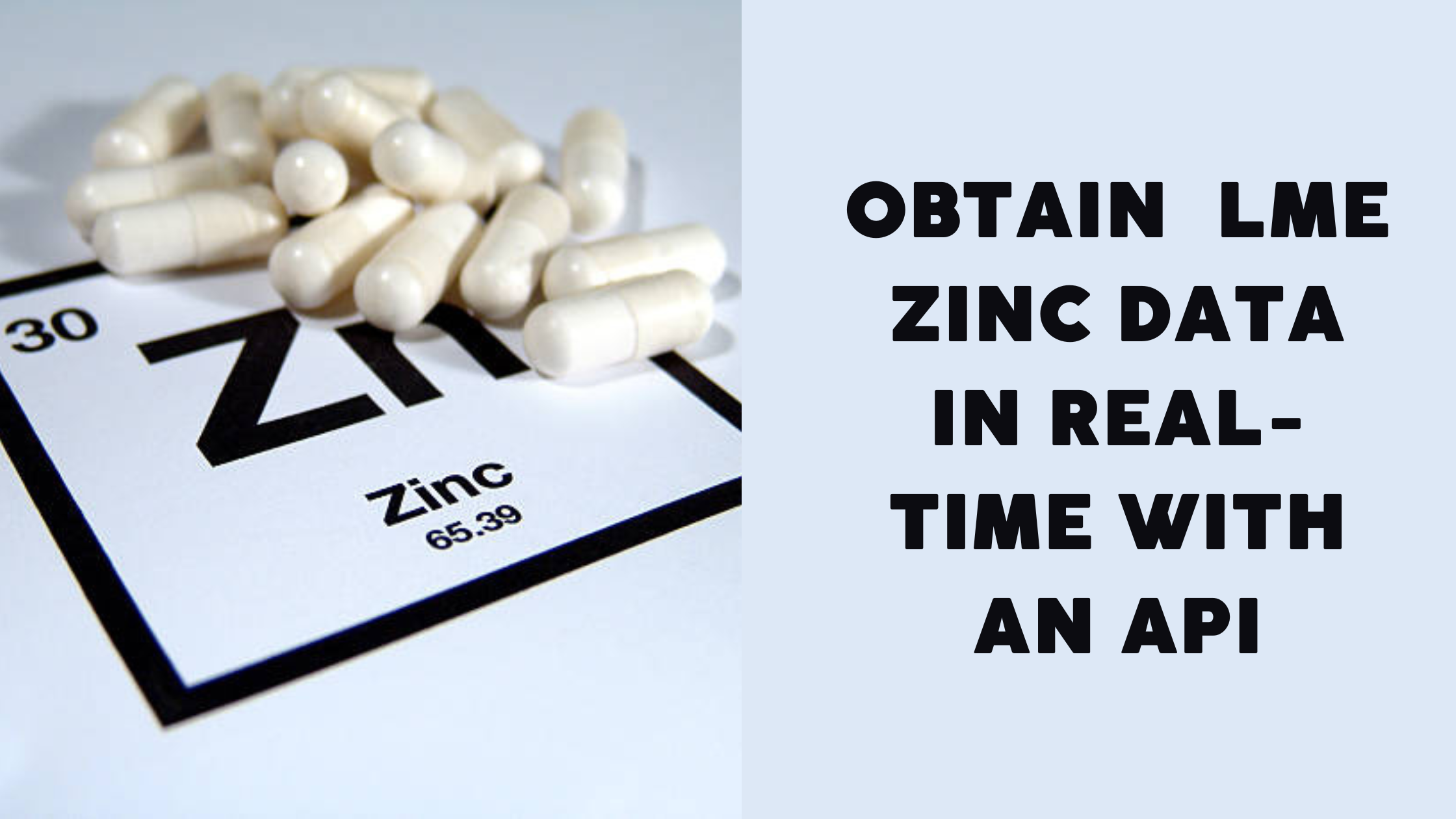Do you know what Zinc is used for? Do you want to invest in it? Use this metals rates API to get it done!
Zinc (Zn) is a plentiful metal found in the Earth’s crust that has a wide range of industrial and biological applications. Zinc is fragile and blue-white at room temperature, but it may be polished to a dazzling sheen.
Zinc is a basic metal that is mostly used to galvanize steel, which is a process that protects the metal against corrosion. Zinc alloys, such as brass, are used in a variety of applications, ranging from corrosion-resistant maritime components to musical instruments.

Zinc is derived predominantly from zinc sulfide, zinc blende, or sphalerite ore. China, Peru, Australia, the United States, and Canada are the nations that mine and produce the most refined zinc, in that order. According to the USGS, around 13.4 million metric tons of zinc in concentrate were mined in 2014, with China accounting for roughly 36% of the total.
Galvanizing, brass and bronze alloys, zinc alloys, chemical manufacture, and die casting required around 13 million metric tons of zinc in 2013, according to the International Lead and Zinc Study Group. Zinc is traded on the London Metal Exchange (LME) in 25-ton ingots as “Special High Grade” contracts with a minimum purity of 99.995 percent.
The London Metal Market (LME) is a futures and options exchange that trades in metals. It is the world’s largest exchange for base metals options and futures contracts, including aluminum, zinc, lead, copper, and nickel. The exchange also allows traders to trade precious metals such as gold and silver. The London Metal Exchange (LME) is one of the world’s most important commodity markets.
The LME lists futures and options contracts on metals such as gold, silver, zinc, and copper for trade. Hedgers and speculators are both active on the metals trade, with hedgers using futures and options to reduce risk and speculators looking for quick returns by taking on risk. For that, with a metal like Zinc that provides so much gaining numbers to the traders, we recommend the use of Metals-API.
What Is Metals-API?
It’s a simple program that allows you to view historical and current precious metals values from banks. The Metals-API is designed on a robust back-end architecture and can supply precious metals exchange rates, single currency conversions, and Time-Series and Fluctuation data.

How Does The Platform Operate?
Metals-API It’s quite simple to use. All that’s left for you to do now is to follow the steps below:
- Create an account and generate an API Key; this code must be kept private since an API request requires it.
- Choose a currency and a metal that resonates to you.
- Make an API request from the dashboard, and the app will respond with an API response, and you’re all set!
Is It A Secure Website?
Metals-API secures its website with 256-bit SSL encryption. Financial institutions frequently employ this type of encrypted communication. Using a 256-bit long encryption key, the 256-bit SSL encryption security level encrypts and decrypts data exchanged between the user’s browser and the website server. It was formerly regarded to be the most secure solution.
Do You Have Benefits From Subscription?
Metals-API provides you with unrestricted access to a team of professionals who are solely liable for any issues or difficulties you encounter when developing or using the API. Check out the following resources if you’re still not convinced if the Metals-API API is correct for you:
• Customer service and sales
• Documentation for APIs
• Features and Plans

